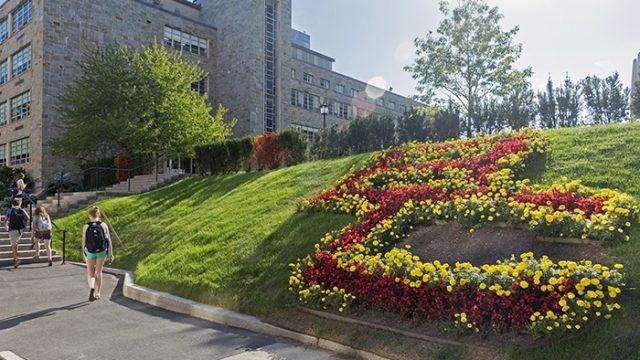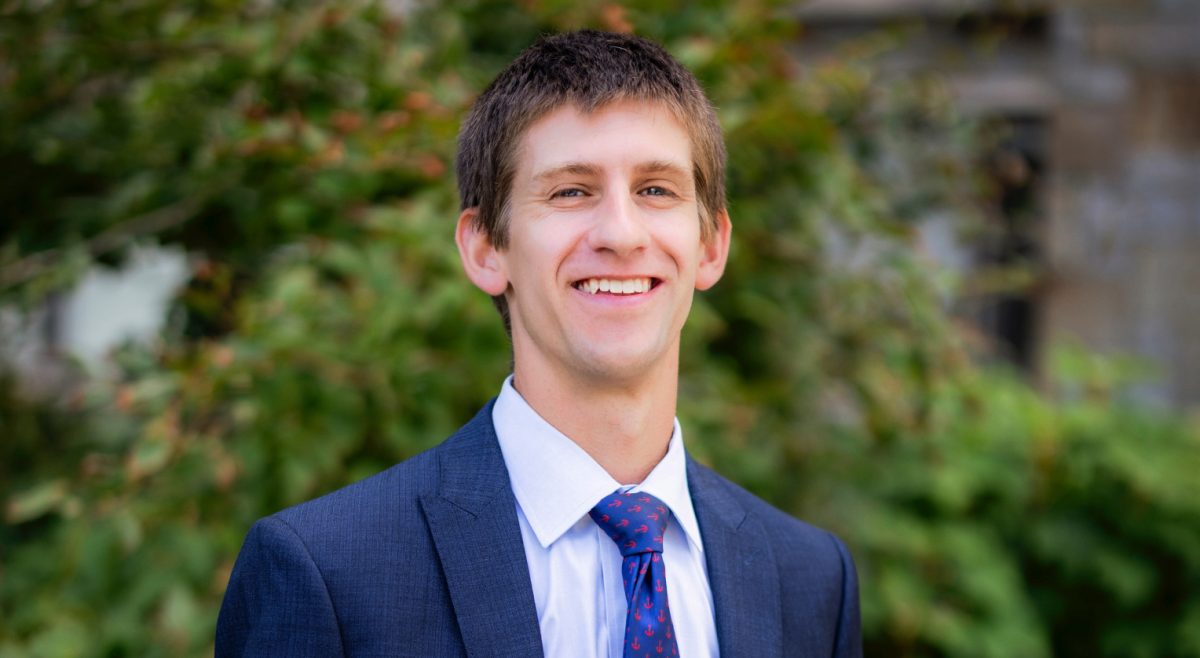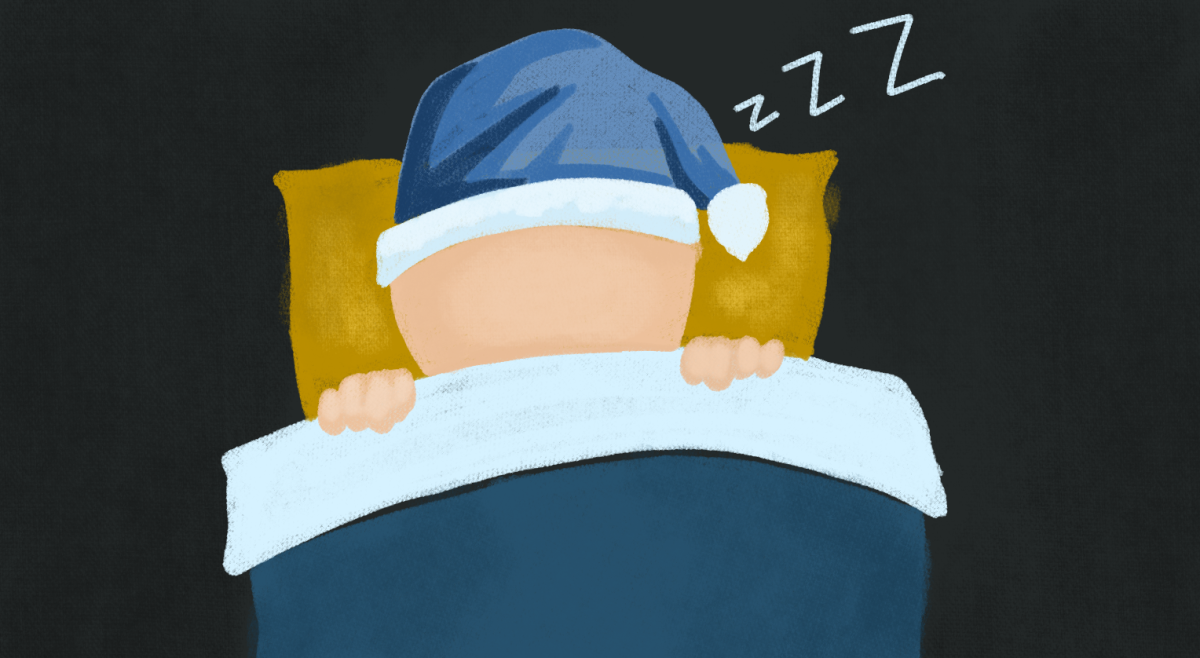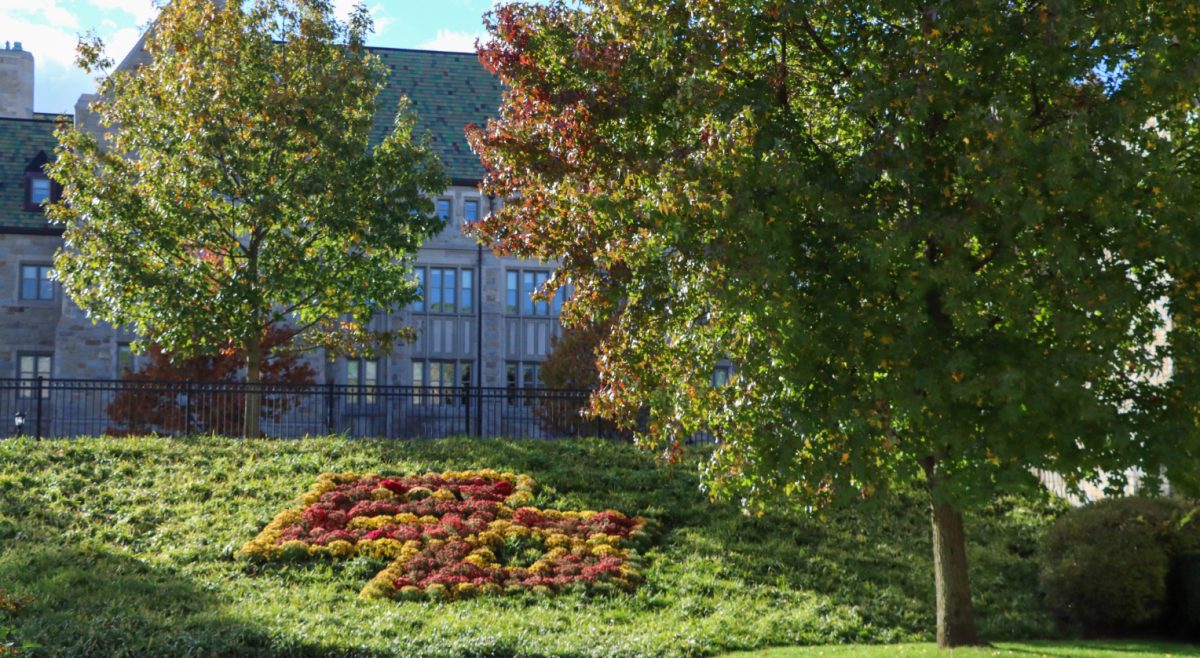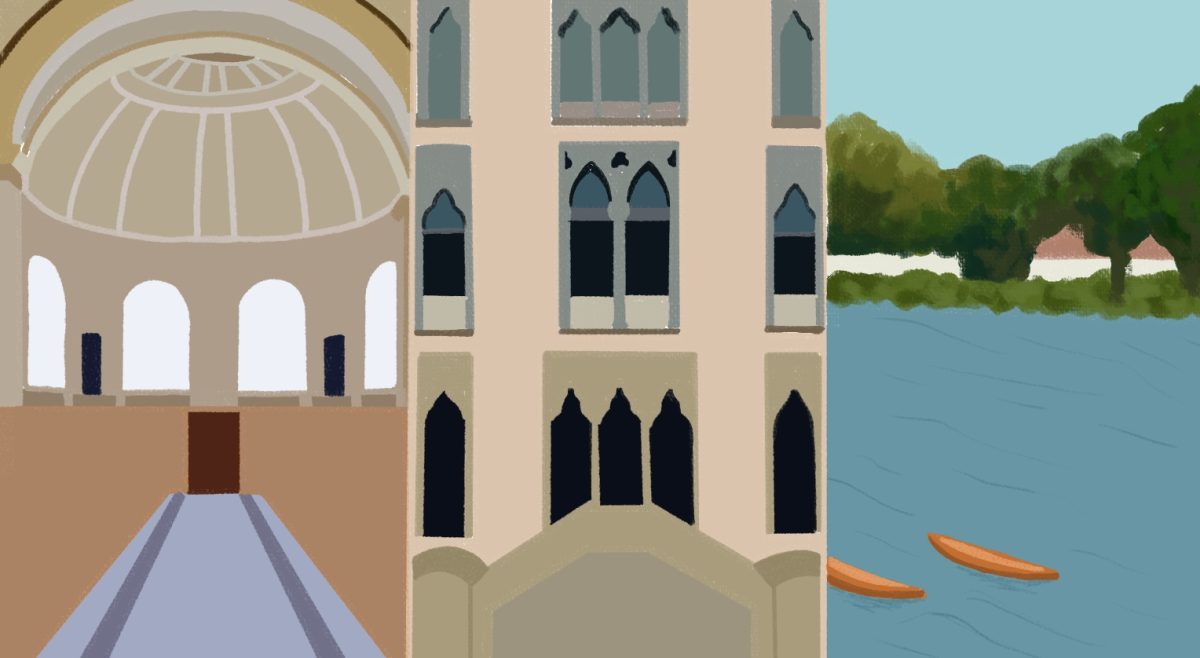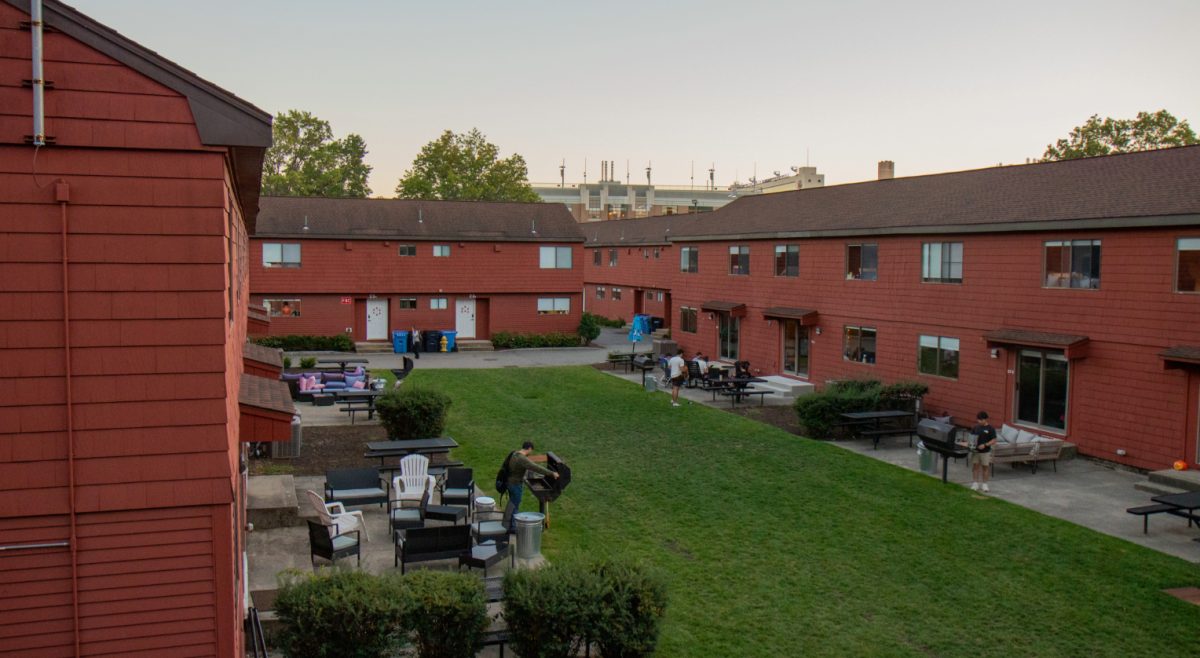Making campus beautiful requires a lot of effort. Behind the countless mowing crews and pruning squads lies an intricate operation whose sole purpose is to give Boston College its signature aesthetic.
“So much effort goes into giving campus that ‘wow’ factor,” said Gina Bellavia, director of landscape planning and services. “It is really important to make a good first impression, especially considering that we had about 30,000 prospective students last year.”
Working in conjunction with Scott McCoy, associate director of Landscape Services, Bellavia explained that there is an entire network of dedicated employees working around the clock to keep campus beautiful.
“It’s a lot more work than it appears,” Bellavia said. “Most people just don’t understand how the environment works. It’s a lot more complicated than just throwing some plants in.”
BC’s landscaping services aren’t responsible solely for the various flora on campus, either. They are also responsible for services like paving, masonry, garbage removal, and future landscaping projects.
“There are many logistical challenges that you guys wouldn’t recognize that we deal with on a daily basis,” McCoy said. “Every year we want this campus to be a showplace, so we make the investment on an expensive landscape.”
McCoy explains that although some landscaping practices may appear unnecessarily expensive and wasteful, there is a definitive purpose behind every landscaping endeavor on campus. The value added, in the eyes of the administration and the teams that work the grounds, vastly outweighs the surprisingly miniscule total cost of these landscaping endeavors.
This train of thought plays into many of the most often criticized practices of BC’s landscaping, most notably the re-sodding of the lawns on Middle Campus every year. As both McCoy and Bellavia bemoan, it is really difficult to show students the value that they are getting out of the new grass.
“If I were to put you next to a train station in downtown, it’s usually kinda seedy, and that evokes a certain feeling,” Bellavia said. “Now, I drop you on BC’s campus, and it feels warm and welcoming. You don’t evaluate why, you just like it. That’s aesthetics.”
As noted by the two senior staff members, it is not as expensive and wasteful as people might make it seem.
“I couldn’t immediately identify a percentage [of tuition that goes toward landscaping], but it really is miniscule,” Bellavia said. “But what you get in turn is the experience. We are two miles from downtown Boston, and we have our own little oasis here.”
The budget covers more than just new sod. Watering, seasonal replanting based on season, mowing, and other projects are also incorporated. And logistically, none of the challenges the crew encounters are simple.
“Oddly enough, one of the biggest challenges we face is having a D1 football program,” McCoy said. “We have 20,000 people coming to campus for seven weekends in one season, which happens to be the season we want to prepare for winter.”
McCoy also stressed that this is one of the main reasons for the re-sodding in the spring. The one-two punch of football season and a New England winter takes its toll on all of the plants on campus. Not only that, the fact that some of Lower Campus is land created from a filled-in reservoir creates myriad other issues regarding the soil and the water table.
But, everyone wants campus to look its best in the spring, especially the landscapers who must overcome the challenge of a rain deficit to maintain the BC aesthetic and ensure that lasting memories are made on campus during the busy season.
At BC, the word “aesthetic” carries a special meaning, Bellavia said.
“When you think about the aesthetics of a place, it evokes emotion. You don’t have to know why you like it, you just do,” she said. “No one sits around analyzing why they like it, it just happens.”
This is the entire mission of BC’s landscaping ventures. Looking good while keeping costs at a relative minimum is a challenge, but not one that has gone unnoticed.
“We’ve come a long way, and we’re always focused on bringing it to the next level,” Bellavia said. “If visiting students don’t get the ‘wow’, they might go somewhere else, and current students want the ‘wow’ as well.”
Featured Image by Lucius Xuan / Heights Staff

